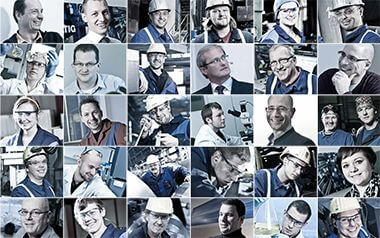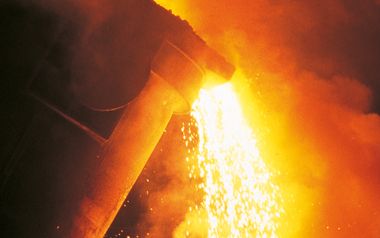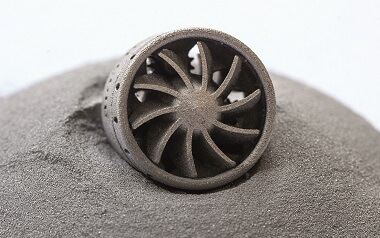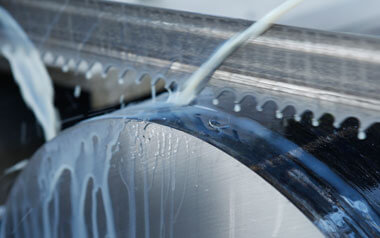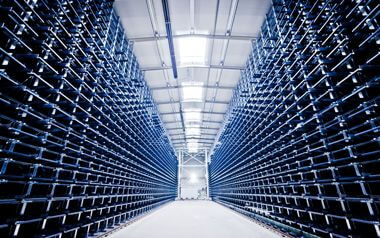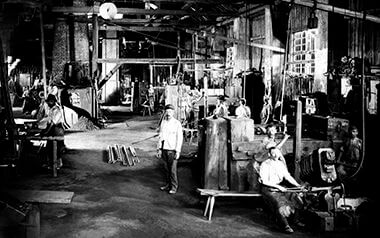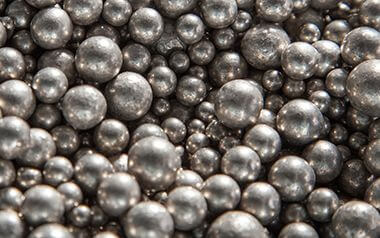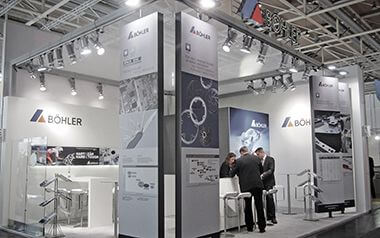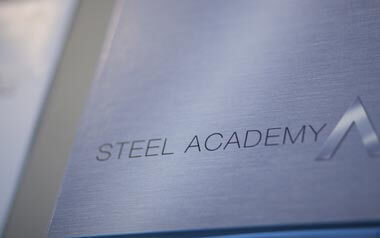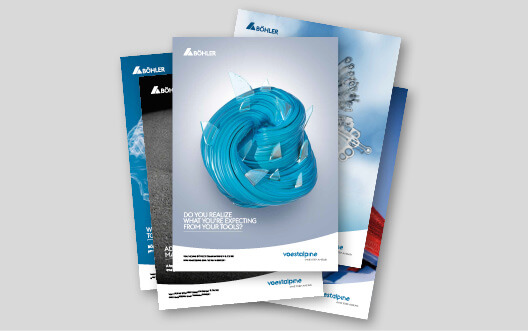The basic alloy combination of most alloys is cobalt-chromium, with chromium acting as a strengthening element. Adding tungsten and/or molybdenum can enhance this effect. Another common alloying element is nickel. The material properties are highly dependent on the other alloying elements such as tungsten, iron, aluminium and carbon, as well as the method of manufacture. Co-based alloys are usually produced as remelting grades.
Because of their high melting point and good resistance to high-temperature corrosion, cobalt-based alloys are often used as high-temperature materials. In addition, cobalt-based alloys have high hardness, high resistance to wear and thus good resistance to erosion corrosion. However, these alloys have a somewhat lower creep rupture strength and lower resistance to creep than nickel-based alloys.
Cobalt-based alloys are mainly used in the chemical industry, in energy technology as well as in aerospace and medical technology. Examples of the application of cobalt-based alloys are guide vanes in turbines, abrasion-resistant protective coatings, internals in waste incineration plants or industrial furnaces as well as linings of the combustion chambers of gas turbines and medical implants including dental implants.
Cobalt-based alloys are usually divided into three categories:
– High-carbon alloys, also called Stellites (C from 0.5 to 3%) for highest wear stress, preferably alloyed with Cr (approx. 27 -33%) and W (up to approx.18%) and Mo and therefore a significant proportion of eutectic carbides whose size and distribution strongly depend on the composition, on the solidification conditions. These alloys are mostly used as PM products and in cast form. Only a few of the common alloys can be hot formed.
– Alloys with lower C-content for high temperature applications, mainly with W or Ta, moderate additions of Ni and Cr and occasionally additions of rare earth metals (e.g. lanthanum, yttrium) as well as Al, Ti, Nb for age hardening. These alloys do not have the great technical importance as the Ni-based superalloys, but play a role because of the excellent corrosion resistance, especially against hot gas corrosion even in S-containing environments. These alloys are formable and can be produced in all common product forms, but preferably as sheets and plates.
.
– Alloys with low C-content for applications under wet, corrosive conditions and at the same time higher wear stress, primarily alloyed with Cr, Ni and Mo, less with W. The low C content reduces the tendency to precipitate intergranular grain boundary carbides and contributes to the excellent resistance of these alloys to local corrosion effects, e.g. pitting and crevice corrosion and intergranular corrosion. For this reason, such alloys based on Co-Cr-Mo, Co-Cr-W-Ni and Co-Ni-Cr-Mo are preferred for various medical implants and diverse medical metallic structures.


